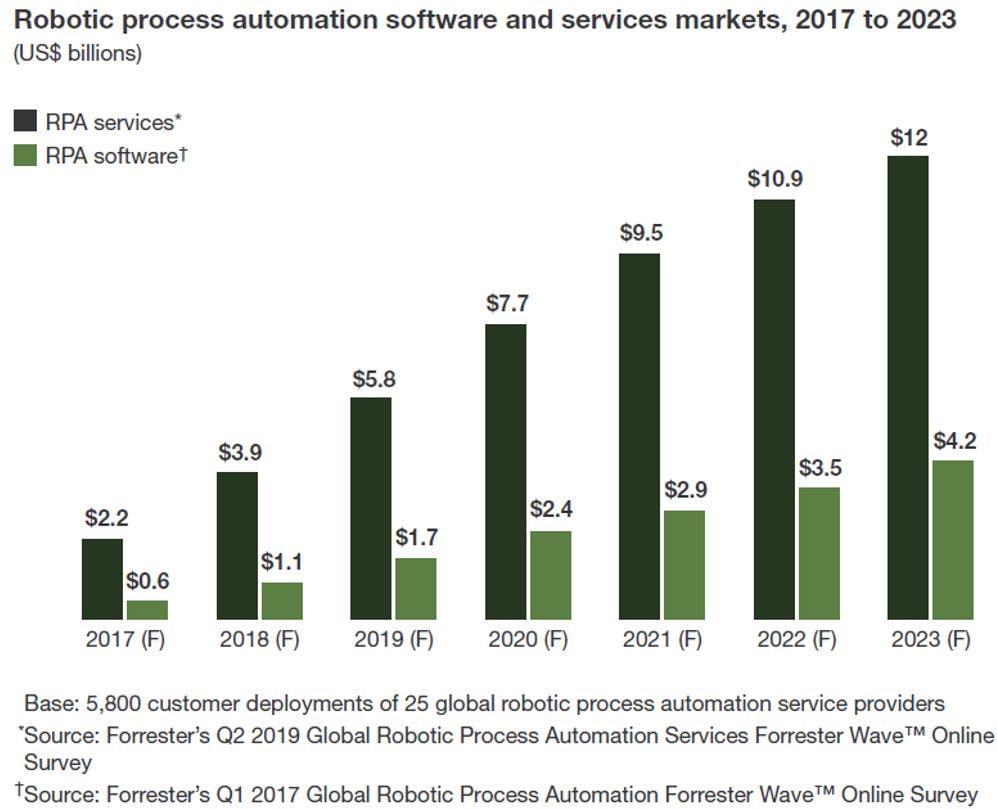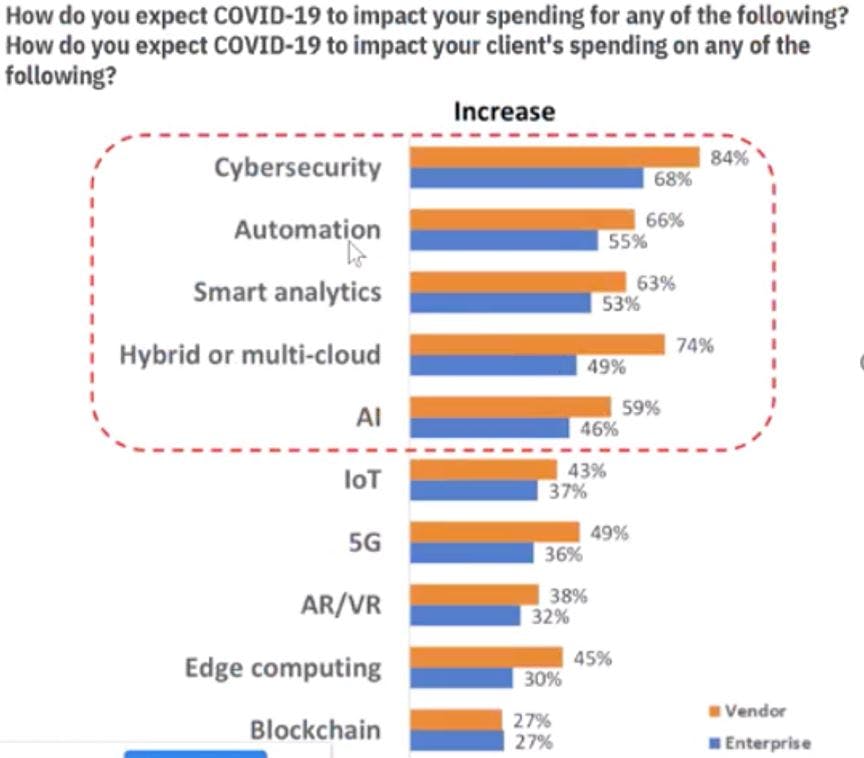
Intelligent automation as a real estate growth strategy
Real estate professionals generally agree that real estate lags behind other industries in terms of its reliance on technological advancement. However, in recent years more real estate organizations are beginning to understand the value of automation technology. As a result, these organizations are starting to see a considerable return on their investment.
Baker Tilly Director Claudio Garcia recently spoke about process automation technology at a virtual conference sponsored by the National Association of Real Estate Companies (NAREC). Their focus, more specifically, was on the use of intelligent automation as a growth strategy for real estate organizations.
Automation technology: an overview
Automation technology is a broad term that describes the replacement of any work task or business process by software or technology. Intelligent automation occurs when the new programming or technology tools enhance the automation solution, allowing it to become more sophisticated beyond a simple if-then functionality.
There are three types of intelligent automation: Task automation, flow automation and finally, decision automation, which advances the functionality and sophistication of the other two types.
- Task automation is the development of an automation solution that addresses a discreet task. Oftentimes, this type of automation, which includes robotic process automation (RPA), is aimed at saving labor time and cost and replacing simple, routine, and mundane work.
- Flow automation (or workflow automation), by contrast, is aimed at automating an end-to-end process. Flow automation optimizes an entire process, and delivers more advanced process efficiency benefits to any organization. Generally speaking, the implementation of flow automation represents a higher cost/investment vs. the more basic task automation technology.
- Decision automation leverages data, analytics, and artificial intelligence tools to create a more sophisticated automation solution. This approach often involves externalizing the ‘decision logic’ associated with the automation. The benefits of externalizing the automation logic is to create a more efficient solution which optimizes the cost of development, licensing, and maintenance.
Organizations pursuing intelligent automation technology will travel through an automation journey, typically starting with basic automation of simple tasks. These tasks are most commonly found in areas such as finance, accounting, human resources and information technology. These areas often feature routine tasks, standardized data and basic process flow, creating an easier path to intelligent automation technology.
Intelligent automation is the fastest growing tech segment. The software segment currently sits at approximately $2.2 billion, but it is expected to double over the next three years.
The benefits of intelligent automation
The reasons for the recent increase in implementing automation technology is related to the strong business benefits, such as reducing labor time, cost and process errors. Other benefits to investing in automation include improving the customer experience, improving organizational decision making and reducing overall risk.
In a recent study that examines where organizations are likely to increase spending in the wake of the COVID-19 pandemic, investment in automation finished second (behind cybersecurity). Approximately two-thirds of organizations polled anticipate increasing their automation spending in the current climate.
Source: HFS Research April 6, 2020 - Coping with COVID-19 Study
For real estate organizations, the use of automation has consistently shown to reduce labor costs, while improving effectiveness in the execution of related tasks. However, it is equally important to understand the best practices and challenges that accompany your organization’s automation journey.
To start, the ideal automation implementation includes business processes that commonly include the following criteria:
- High frequency
- Rule-based
- Structured/digital data
- Limited complexity
- Attractive return on investment
From an automation implementation standpoint, you can anticipate certain challenges to give your automation strategy a higher likelihood of success. Common challenges and obstacles include:
- Common goals – make sure the various teams in your organization are focused on improving and enhancing the same areas
- Use case identification – choosing an optimal set of use cases early on may be your number one challenge; failure to do so is arguably the fastest way to doom your automation strategy
- Rule-based or cognitive – focusing on rules-based processes is a key early success factor
- Business process engineering – not every organization is strong in this area; it is important to anticipate that some discipline with respect to business process mapping will complement the success of your automation solutions
- Automation anxiety – the change management challenge, the communication challenge and all of the cultural aspects of introducing automation are extremely important, as people see automation as a threat to them and their jobs
- Return on investment and measurement - the reality is that automation tends not to replace employees, but rather to complement them and to free up existing staff from mundane, wasteful work while enabling them to focus on more value-added activities
Minimizing your automation risks
It’s interesting to note the many studies highlighting that roughly 50% of automation projects never get to the finish line. So how can you minimize risk to help ensure that your organization lands on the right half of that figure?
- Start with simple, rules-based, routine business processes. These processes are often characterized by "swivel chair integrators,” meaning employees who go back and forth between different platforms and applications.
- Challenge the automation solution thinking with alternative process, tools and technologies that go beyond simple RPA.
- Prioritize use case selection that have an optimal ROI performance, as early ROI wins build confidence and create enthusiasm for the technology as you move forward.
Intelligent automation: How to begin?
With these best practices in mind, what should you do to get started? Here are some simple steps to beginning your automation journey, broken down into three categories:
Develop an automation strategy roadmap
- Align automation goals with your overall IT strategy
- Identify use cases across your organization
Early stage implementation
- Prioritize opportunities for optimal ROI
- Begin implementation of “quick wins”
Define automation budget
- Anticipate the license, development, and support costs
- Consider internal vs. outsourced alternatives
For more information about intelligent automation or to learn how Baker Tilly’s Value Architects™ can assist your organization, contact our team.


